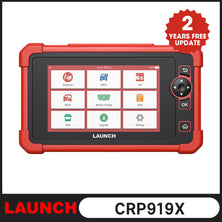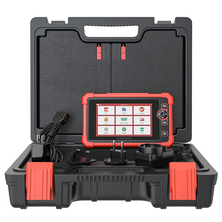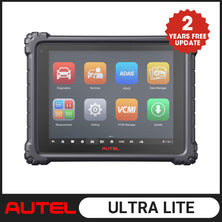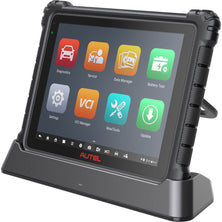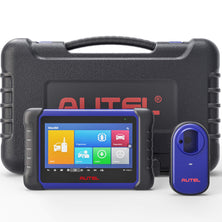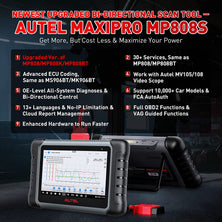
Bubbles or cracks in the vehicle's windows?How to fix?
Bubbles or cracks in the vehicle's windows refer to the presence of air pockets or fractures in the glass of the windows, compromising their integrity and visual clarity.
Bubbles or cracks in the vehicle's windows are significant because they can pose safety risks, impair visibility, reduce the effectiveness of airbags, compromise water tightness, increase vulnerability to break-ins, and disrupt efficient climate control. Addressing these issues promptly is crucial to ensure the vehicle's safety, comfort, and functionality.
Recommended 2023 top car diagnostic tool:Autel IM608II,Launch pro5,Launch IMMO elite,Launch PADVII
Causes of bubbles or cracks in the vehicle's windows include:
- Temperature changes: Rapid or extreme temperature fluctuations can cause the glass to expand or contract, leading to stress and the formation of bubbles or cracks.
- Physical impact: Accidents, collisions, or intense crashes with objects can result in the glass being damaged, leading to the appearance of cracks.
- Manufacturing defects: Deficiencies during the manufacturing process, such as uneven glass thickness or internal pressure variations, can contribute to window bubbles or cracks.
- Poor installation: Improper installation of the windows can create stress points or uneven pressure distribution, which can eventually lead to the formation of bubbles or cracks.
- Age and wear: Over time, the windows may weaken due to natural wear and tear, making them more susceptible to forming bubbles or cracks.
- Chemical exposure: Exposure to certain chemicals, such as harsh cleaning agents or environmental pollutants, can degrade the glass and contribute to the development of bubbles or cracks.
The presence of bubbles or cracks in the vehicle's windows can have several implications and hazards:
- Safety risks: Bubbles or cracks weaken the structural integrity of the windows, increasing the likelihood of shattering during accidents or impacts. This can pose a significant safety risk to the occupants of the vehicle.
- Poor visibility: Bubbles or cracks obstruct the driver's view of the road, compromising visibility and making it difficult to assess the surrounding traffic and potential hazards. This can lead to accidents or dangerous driving situations.
- Reduced effectiveness of airbags: Cracks in the windows can interfere with the proper deployment and functionality of airbags during a collision. The compromised integrity of the window may prevent airbags from fully inflating or redirecting the force of the impact appropriately.
- Water leakage: Bubbles or cracks compromise the water tightness of the windows, allowing rainwater or other liquids to enter the vehicle's interior. This can lead to interior damage, electrical issues, and discomfort for the passengers.
- Increased vulnerability to break-ins: Weakened or cracked windows are easier to breach, making the vehicle more vulnerable to theft or unauthorized entry. This can result in the loss of personal belongings or even the theft of the car itself.
- Inefficient climate control: Bubbles or cracks affect the insulation properties of the windows, allowing heat or cold to penetrate the vehicle's interior. This can reduce comfort and increase energy consumption for climate control systems.
Overall, bubbles or cracks in the vehicle's windows not only compromise the safety of the occupants but also impact visibility, water tightness, security, and comfort, making it crucial to address and repair them promptly.
There are several solutions to address bubbles or cracks in the vehicle's windows:
- Glass repair: Professional techniques for tiny bubbles or cracks can be employed. These methods involve injecting specialized resin into the affected area to fill the imperfections and restore the window's structural integrity. This solution is cost-effective and helps retain the original glass.
- Window replacement: Replacing the entire window may be necessary in cases where the bubbles or cracks are severe or extensive. A new window will ensure proper safety, visibility, and insulation. Window replacement is typically recommended when the damage is beyond repair or poses a significant safety risk.
- Timely action: It is crucial to address bubbles or cracks promptly. Ignoring or delaying repairs can further expand the damage, making it more difficult and costly to fix. Timely action can prevent the need for a complete window replacement and minimize the risks associated with compromised windows.
- Professional assessment: It is recommended to seek the expertise of an experienced auto glass technician or a reputable service center. They can accurately assess the damage and recommend the most appropriate solution based on the bubbles or cracks' severity, location, and size.
- Preventive measures: To prevent bubbles or cracks from occurring or worsening, it is advisable to take preventative measures. Avoid subjecting the vehicle to extreme temperature changes, which can stress the glass. Additionally, practice safe driving habits and minimize impacts or collisions that could damage the windows.
Regular maintenance and inspection of the vehicle's windows help identify and address minor issues before they develop into more significant problems. Consulting with professionals and following their recommendations is crucial for ensuring the optimal repair or replacement of bubbles or cracks in the vehicle's windows.
To prevent bubbles or cracks from occurring in the vehicle's windows, consider the following measures:
- Avoid extreme temperature changes: Sudden and drastic temperature fluctuations can stress the glass and increase the risk of bubbles or cracks. Park your vehicle in shaded areas or use sunshades to minimize exposure to direct sunlight. Similarly, avoid using hot water to defrost the windows rapidly during cold weather.
- Drive cautiously and avoid collisions: Practice defensive driving techniques to minimize the risk of accidents or collisions. Maintaining a safe distance from other vehicles and being mindful of road conditions can help prevent impacts that could damage the windows.
- Handle the windows carefully: Be gentle when operating the windows, especially during opening and closing. Avoid slamming or forcing the windows, as this can strain the glass and contribute to damage over time.
- Use appropriate cleaning methods: Use non-abrasive cleaning solutions and soft materials, such as microfiber cloths, to clean the windows. Avoid harsh chemicals or abrasive materials that scratch or weaken the glass.
- Regular maintenance and inspections: Routinely inspect the windows for any signs of damage, including small chips or scratches. Address these issues promptly to prevent them from developing into larger cracks or bubbles. Regular maintenance, such as lubricating window mechanisms, can ensure smooth operation.
- Professional installation and repairs: When replacing or repairing windows, rely on qualified professionals with experience handling automotive glass. Proper installation and repair techniques can significantly reduce the likelihood of future bubbles or cracks.
Implementing these preventive measures can minimize the risk of bubbles or cracks in the vehicle's windows, ensuring their longevity, safety, and optimal functionality.
Older Post
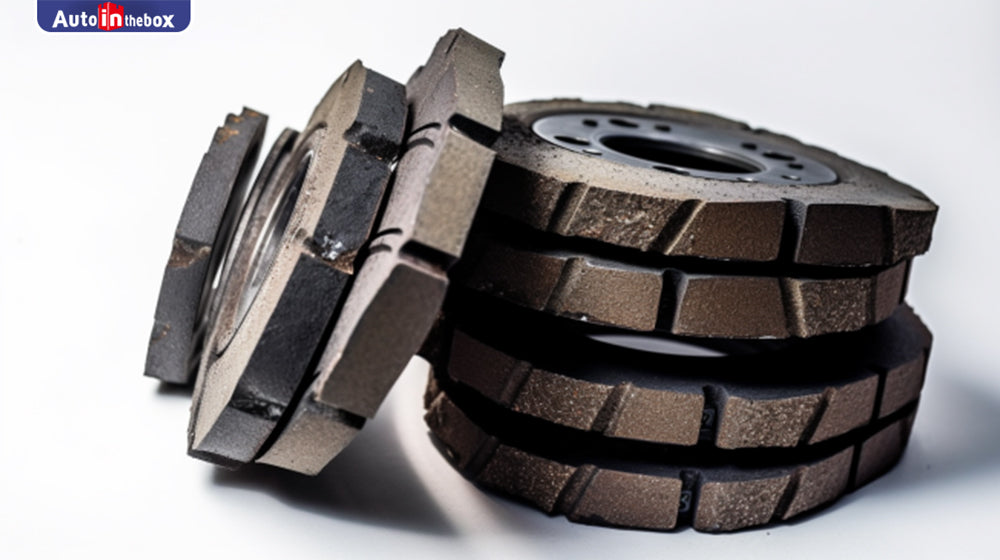 Newer Post
Newer Post
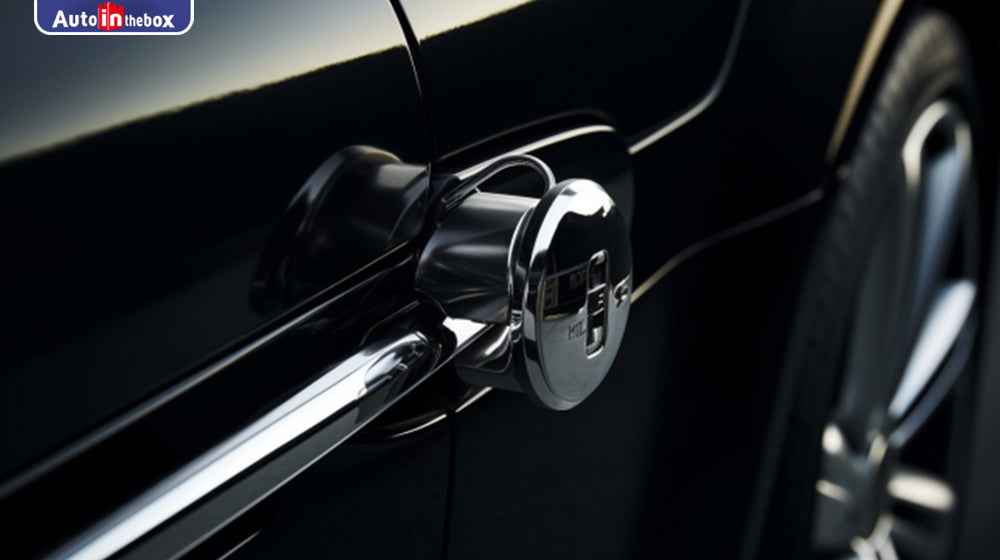
What happens when brake pad wear in the vehicle?

Is car's central locking system not Working?



